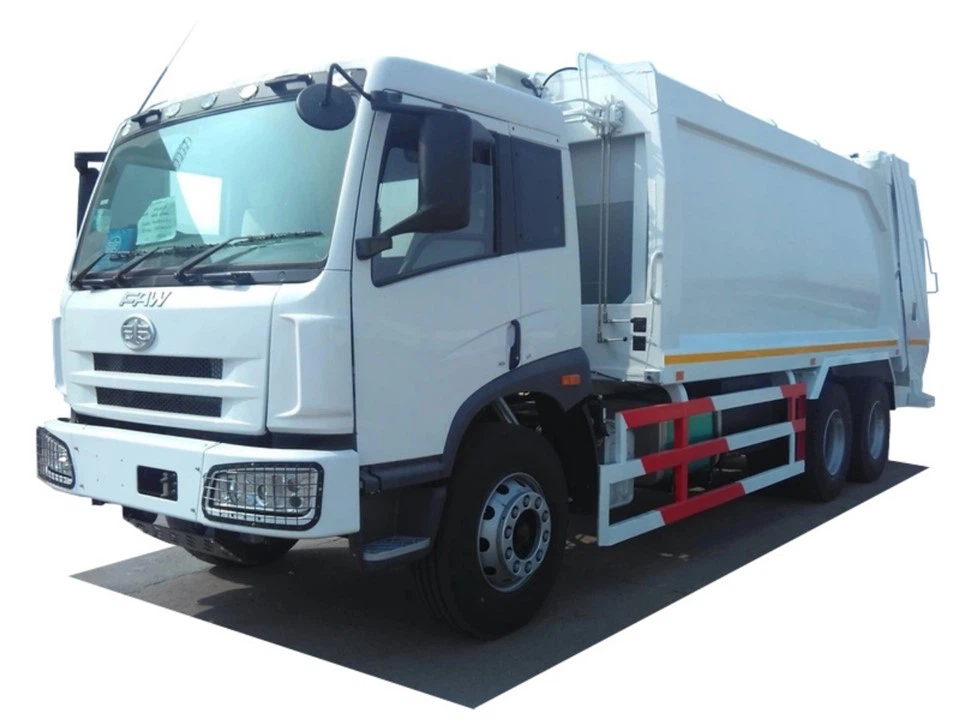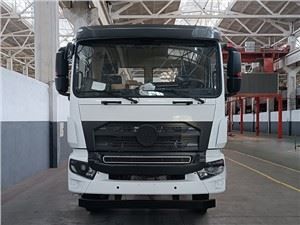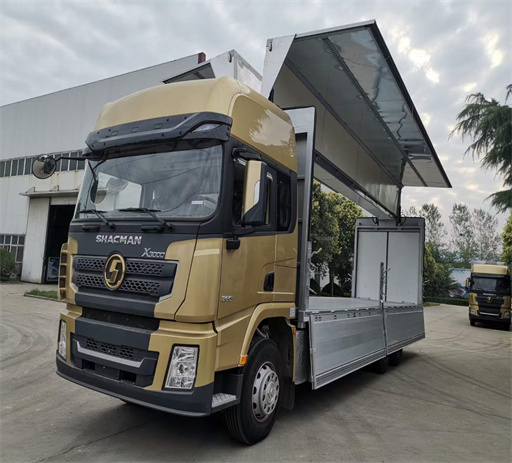Sanitation Trucks: The Unsung Heroes of Waste Management

Sanitation trucks play a vital role in maintaining public health and cleanliness in urban and rural areas. These specialized vehicles are designed to collect, transport, and dispose of waste materials, ensuring that our communities remain clean and livable. This article will provide a comprehensive overview of sanitation trucks, including their types, features, benefits, challenges, and the evolving technologies that are revolutionizing waste management.
Understanding Sanitation Trucks
A sanitation truck, also known as a garbage truck or waste collection vehicle, is primarily used to collect and transport municipal solid waste. These trucks come in various designs and sizes, each tailored for specific types of waste collection.
Types of Sanitation Trucks
Front Loader Trucks
Front loader trucks are designed to lift large containers and bins from the front. They are commonly used in commercial waste collection and can handle heavy loads with ease.
Rear Loader Trucks
Rear loader trucks have an opening at the back for waste to be loaded in. These are typically used for residential waste collection, making them prevalent in suburban areas.
Side Loader Trucks
Side loader trucks have a mechanism on the side for moving carts and bins to the dumping area. These trucks are efficient for neighborhoods with standardized waste collection systems.
Compact Trucks
Compact trucks are smaller in size and designed for urban areas where narrow streets and limited access might make larger vehicles impractical. They are ideal for residential areas with high population density.
Key Features of Sanitation Trucks
Modern sanitation trucks come equipped with various features to enhance their efficiency, safety, and environmental impact.
Compaction Mechanism
Most sanitation trucks are equipped with a compaction mechanism that compresses collected waste, allowing for maximum load capacity. This feature reduces the number of trips needed for disposal.
GPS and Route Optimization
Many sanitation trucks now have GPS systems that enable real-time tracking and route optimization. This efficiency reduces fuel consumption and improves service delivery time.
Safety Features
Safety features such as cameras, alarms, and reverse sensors help prevent accidents and protect sanitation workers during waste collection.
The Importance of Sanitation Trucks in Waste Management
Sanitation trucks are crucial for several reasons:
Public Health
By effectively collecting and disposing of waste, sanitation trucks help reduce the spread of diseases associated with waste accumulation, such as pest infestations and airborne pathogens.
Environmental Impact
Proper waste management through sanitation trucks can significantly reduce pollution by preventing illegal dumping and ensuring that waste is processed correctly.

Community Aesthetics
A clean environment contributes to community satisfaction and can enhance property values. Regular waste collection promotes a positive image of neighborhoods and cities.
Challenges Faced by Sanitation Trucks
Despite their importance, sanitation trucks face several challenges in their operation:
Budget Constraints
Municipal budgets may limit the number of sanitation trucks available, affecting service frequency and quality.
Traffic and Accessibility
Urban areas with heavy traffic or narrow roads can impede waste collection, making it challenging for sanitation trucks to perform efficiently.
Public Perception
Negative perceptions about waste management can lead to conflicts with communities, especially when service is inadequate or delayed.
Innovations in Sanitation Truck Technology
The waste management industry is rapidly evolving, and sanitation trucks are at the forefront of these innovations:
Electric Sanitation Trucks
Electric sanitation trucks are becoming more common as cities aim for greener solutions. These trucks reduce carbon emissions and operational costs significantly.
Smart Waste Collection
IoT technology enables smart waste collection systems, where bins are equipped with sensors that notify sanitation services when they are full, optimizing collection routes and schedules.
Practical Tips for Effective Waste Management

Here are some practical tips for communities to optimize their waste management practices:
Engage Local Communities
Encourage community involvement in waste management initiatives. Regular workshops and programs can help educate residents about proper waste disposal methods.
Simplify Waste Segregation
Provide clearly marked containers for different types of waste (recyclables, organics, etc.) to simplify the segregation process for residents.
Regular Maintenance of Sanitation Trucks
Ensure that sanitation trucks are regularly maintained to prevent breakdowns that can disrupt collection schedules.
Comparative Analysis of Sanitation Trucks
Table: Types of Sanitation Trucks
| Type | Best Use | Advantages | Disadvantages |
|---|---|---|---|
| Front Loader | Commercial Waste | High load capacity, efficient for large bins | Requires more space for maneuvering |
| Rear Loader | Residential Waste | Versatile and cost-effective | Slower loading process |
| Side Loader | Standardized Waste Collection | Automated loading, reduced labor | Not suitable for all neighborhoods |
| Compact Truck | Urban Areas | Efficient in tight spaces | Low load capacity |
Future Trends in Sanitation Trucks
The future of sanitation trucks looks promising with several emerging trends:
Increased Use of Automation
Automation in waste collection will likely increase, with robotic systems becoming commonplace for waste sorting and unloading.
Enhanced Environmental Regulations
Stricter environmental regulations will prompt cities to invest in greener sanitation truck solutions, optimizing waste processing and recycling efforts.
Community-based Waste Management
Community involvement in waste management will gain more attention, with local initiatives driving more sustainable waste practices.
FAQ Section
What are sanitation trucks made of?
Sanitation trucks are primarily made of steel and aluminum, ensuring durability while being lightweight enough to allow for the efficient handling of waste.
How often do sanitation trucks collect waste?
Collection frequency varies by community, but typically sanitation trucks operate weekly or bi-weekly for residential areas, whereas commercial areas may have more frequent pickups.
What types of waste can sanitation trucks collect?

Sanitation trucks primarily collect municipal solid waste, including household trash, yard waste, recyclables, and sometimes hazardous waste with special trucks.
Are there regulations for sanitation trucks?
Yes, sanitation trucks must comply with local and federal regulations regarding emissions, safety, and waste handling to ensure public health and environmental safety.
How can I report a missed sanitation truck collection?
If a sanitation truck misses your collection, you can usually report it to your local waste management authority or city council through their website or phone contact.
